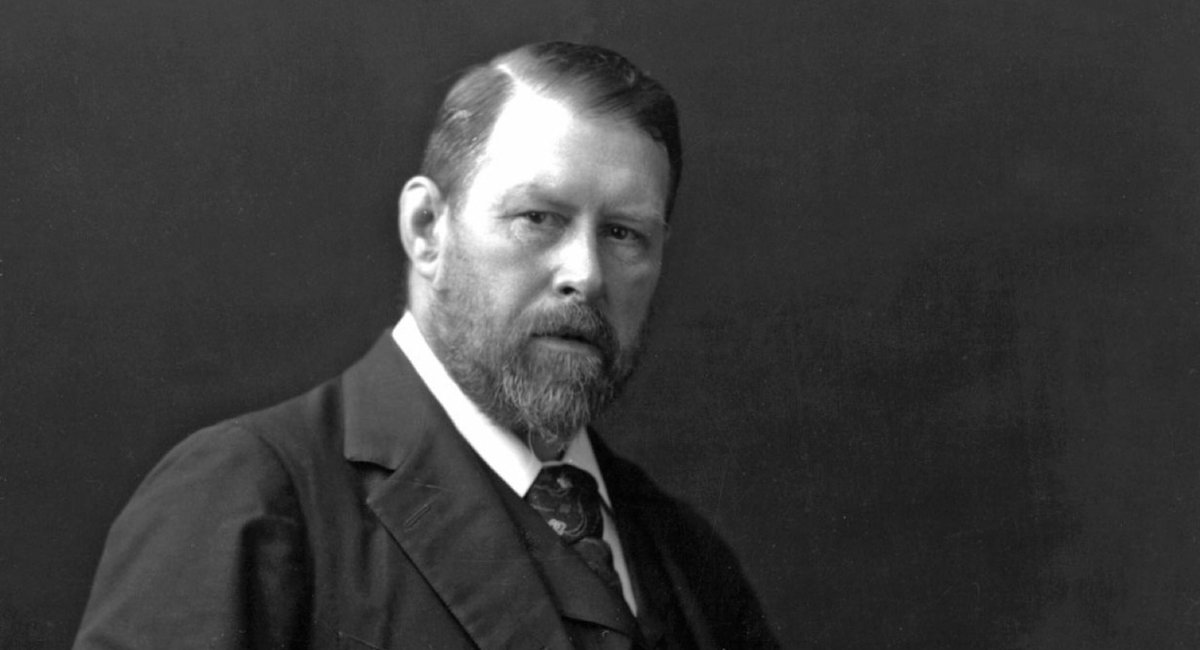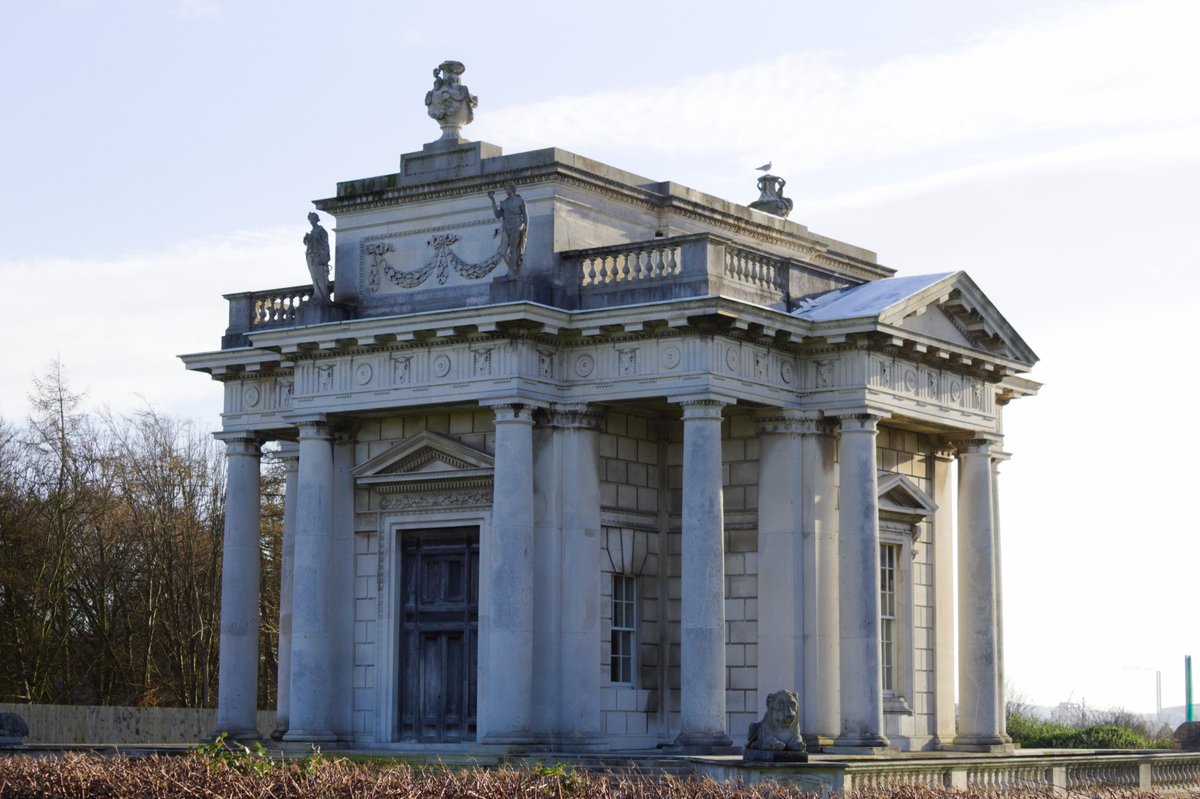
Marino crescent, Marino - A long thread, this one, but worth it. Built in 1792 by Charlie Ffolliott, basically as a giant “f**k you”, resulting in the row of houses to be called ‘Spite Row’ or ‘Spite Crescent’. The reason for this? One James Caulfield, The Earl of Charlemont...~1 



the owner of Marino house (& the Casino in Marino), who really liked his views! Ill do a piece on the Casino at a later date, but suffice it to say, Caulfield had built the Casino so he could view out across his magnificent gardens & Dublin bay. He even had tunnels built so...~2 





his servants could bring the refreshments from his Marino House without disturbing his view.
So when developer Charlie Ffolliott announced plans to build homes on Caulfield's sea view, the Earl did everything in his power to stop him - including jacking up the price on the...~3

So when developer Charlie Ffolliott announced plans to build homes on Caulfield's sea view, the Earl did everything in his power to stop him - including jacking up the price on the...~3


tolls on the only road over his land, thus hampering Ffolliott who was bringing his materials over. To overcome this, Ffolliott brought his materials in by sea. But he didnt forget this slight & got his revenge on the view-obsessed Caulfield by building the tall & curved...~4 



Marino Crescent, to basically block the Earl's sight line to the sea. Furthermore, while the front of the houses are aesthetically pleasing, the backs (i.e. the view that Caulfiled saw) were (are) haphazard & just flat out ugly. The 2 adjoining tallest houses in the crescent...~5 



were built up specifically to block the view from the living room windows of Marino House. Ouch!
During its construction, bones were unearthed which were claimed to be remains from the Battle of Clontarf (1066), but this could not be confirmed.
Over the centuries, many...~6
During its construction, bones were unearthed which were claimed to be remains from the Battle of Clontarf (1066), but this could not be confirmed.
Over the centuries, many...~6

famous people have lived in the Crescent. No 15, with its blood-red door is the birthplace of Bram Stoker, the author of Dracula. Stoker spent seven years bed-ridden here, suffering from a long childhood illness, during which time his mother regaled him with stories about the..~7 





cholera epidemic of 1832 in her native Sligo, which claimed thousands of lives. Trips to the nearby suicide burial plot at the crossroads of Ballybough bridge (now Luke Kelly Bridge), were corpses were tied down & impaled with stakes no doubt fuelled his writings later in...~8 





life. The park opposite the crescent contains a plaque to the author.
No 15. also housed another famous Irishman, Harry Boland, IRB member & close friend of Michael Collins. During the revolutionary period, the house was used to store some of the arms smuggled in on the...~9



No 15. also housed another famous Irishman, Harry Boland, IRB member & close friend of Michael Collins. During the revolutionary period, the house was used to store some of the arms smuggled in on the...~9




Asgard during the Howth Gun-running in 1914. It was also used as a safe house for known Republicans running from the authorities. And amazingly, it was also home to some of the Russian crown jewels for a number of years! In 1920, representatives of the Irish government lent...~10 

$20000 to the Soviet Union, who gave as collateral a selection of the Crown Jewels. These were then entrusted to Harrys mother, who hid them in various places in No.15, including up the chimney!
This is truly a fascinating street filled with so much history & so many stories. ~11

This is truly a fascinating street filled with so much history & so many stories. ~11


Well worth a visit if you find yourself in the area.
Quick addendum to this tweet: A while back I met a lovely chap playing with his 2 dogs in the park by the crescent. Got chatting to him & he was telling me all about the local history. Turns out he runs a walking tour of..~12
Quick addendum to this tweet: A while back I met a lovely chap playing with his 2 dogs in the park by the crescent. Got chatting to him & he was telling me all about the local history. Turns out he runs a walking tour of..~12
the area called "In The Shadow of Croker" (@sean_sdeego92). If you'd like to know more about the area, check him out. ~End
#DiscoverDublin @PhotosOfDublin @OldDublinTown @FMLocalHistory @dubcivictrust @legacy_irish @theirishstory @OldeEire @IrishHistoryPod @wetheirishpod
#DiscoverDublin @PhotosOfDublin @OldDublinTown @FMLocalHistory @dubcivictrust @legacy_irish @theirishstory @OldeEire @IrishHistoryPod @wetheirishpod
• • •
Missing some Tweet in this thread? You can try to
force a refresh







































